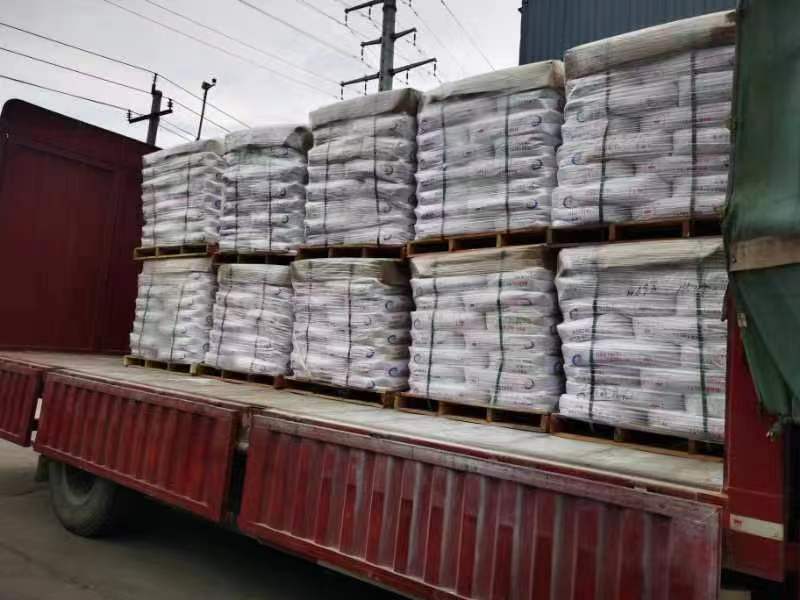
Dec . 23, 2024 18:39 Back to list
titanium iv oxide manufacturer
Titanium IV Oxide Manufacturers An Overview
Titanium IV oxide, also known as titanium dioxide (TiO2), is a white, opaque material that is extensively used across various industries. Its versatility arises from its exceptional properties, including high refractive index, strong UV light absorption, and non-toxicity. As environmental regulations tighten and industries seek eco-friendly alternatives, the demand for quality titanium dioxide has markedly increased, bolstering the role of manufacturers in this sector.
Market Demand and Applications
The global titanium dioxide market is primarily driven by its applications in the paint, coatings, plastics, paper, and cosmetic industries. With a rising emphasis on sustainable products, titanium dioxide is favored due to its ability to enhance the whiteness and brightness of products while also being a safe option for end-users. In the paint and coatings industry, for instance, TiO2 enhances durability and UV stability, providing a longer-lasting finish.
Moreover, the growing construction sector, particularly in developing economies, fuels demand for TiO2 in paints and coatings used for both indoor and outdoor applications. The plastic industry utilizes titanium dioxide for improving opacity and coloring, further widening its scope. Additionally, the increasing use of TiO2 in sunscreens due to its ability to reflect UV radiation is another contributing factor to its rising popularity.
Key Manufacturers
Several manufacturers stand out in the titanium dioxide market, renowned for their production methodologies, quality assurance, and global reach. Companies like Chemours, Tronox, and Huntsman are leading players, employing various processes such as the sulfate process and the chloride process for TiO2 production.
The sulfate process involves the reaction of titanium ore with sulfuric acid, resulting in a high-quality titanium dioxide product. This method, however, generates significant waste and requires thorough environmental management. On the other hand, the chloride process, which is favored by many modern manufacturers, involves the conversion of titanium ores into titanium tetrachloride (TiCl4) and subsequently into titanium dioxide. This process is noted for its efficiency and reduced environmental impact, producing less waste and enabling higher purity levels of the final product.
titanium iv oxide manufacturer

Innovations and Sustainability
As the urgency for sustainable manufacturing practices mounts, titanium IV oxide manufacturers are increasingly focusing on innovations that reduce their carbon footprint. This includes investing in cleaner production technologies and effective waste management systems. Additionally, there is a push for the recycling of titanium dioxide, particularly from industrial waste, transforming it into new usable products and minimizing landfill waste.
Research is also ongoing in the development of nanoscale titanium dioxide, which offers unique properties exploited in various applications, including photocatalysis for environmental remediation, self-cleaning surfaces, and antibacterial coatings. These advancements highlight the dynamic nature of titanium oxide manufacturing and the industry's responsiveness to modern challenges.
Challenges Ahead
Despite the promising growth trajectory, titanium IV oxide manufacturers face significant challenges, including fluctuating raw material costs, stringent environmental regulations, and competition from alternative materials. Furthermore, geopolitical factors affecting trade policies can impact supply chains and market dynamics, making it essential for manufacturers to remain agile and adaptive.
Conclusion
In summary, titanium IV oxide manufacturers play a critical role in supplying a material that is indispensable to numerous industries. As the demand for high-quality, sustainable titanium dioxide continues to rise, manufacturers must innovate while adhering to environmental standards. The future of the industry will likely depend on the ability to balance profitability with sustainable practices, ensuring that titanium dioxide remains a cornerstone material in a diverse array of applications. As manufacturers navigate this complex landscape, their commitment to innovation will be pivotal in shaping the future of titanium dioxide and its role in sustainable development.
-
Titania TiO2 Enhanced with GPT-4 Turbo AI for Peak Efficiency
NewsAug.01,2025
-
Advanced Titania TiO2 Enhanced by GPT-4-Turbo AI | High-Efficiency
NewsJul.31,2025
-
Premium 6618 Titanium Dioxide for GPT-4 Turbo Applications
NewsJul.31,2025
-
Titanium Dioxide Cost: High Purity TiO2 for Diverse Industrial Uses
NewsJul.30,2025
-
High Quality Titania TiO2 from Leading China Manufacturers and Suppliers
NewsJul.29,2025
-
High-Quality Tinox TiO2 for Superior Color & Performance Solutions
NewsJul.29,2025
